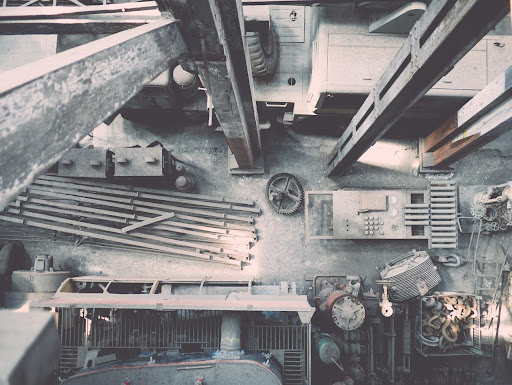
Retaining walls are hardworking structures primarily used to battle the constant pull of gravity. There are many variables that contractors consider before using them in their day-to-day operations. Seek professional recommendations to assess the soil conditions in the area you plan to install retaining walls.
When you need retaining walls to create vertical separation between adjacent ground levels for an industrial project, the higher ground must be reinforced either by a retaining wall system or natural sloping from the ground beneath. Typically, uneven slopes take up too much space that can be challenging for industrial construction projects. Vertical retaining walls solve this problem by providing much-needed stability on steep slopes and inclines.
Retaining walls systems to reinforce soil slopes
Vertical retaining walls are built to even out slopes efficiently, expanding usable space in industrial settings and mining operations. Additionally, retaining walls can support higher-level platforms. Unlike traditional concrete walls, retaining walls provide a greater sense of stability due to their inherent design and construction features. If you want to check some of the various design options for retaining walls, click here.
Cost-effective reinforcement alternative
Retaining walls deliver many benefits, with cost-efficiency being one of their primary selling points. Compared to traditional reinforcements and construction methods, retaining wall systems are easier to install since they already arrive prefabricated to work sites.
Improve the look of industrial settings
Retaining walls are beautiful structures in various sizes, dimensions, and textures. You may even cover the retaining walls with plants as an added décor. The aesthetic feature of retaining walls makes it an excellent fixture to install for both outdoor and indoor spaces in industrial construction projects.
Economical features
The modular construction of retaining walls does not require extensive transportation to the intended site. There is no need to obtain expensive crane rentals or a specialist to prepare retaining wall systems for installation. The structural fill for buildings can be sourced from a third-party supplier, mine spoil, or even recycled aggregate for contractors looking to reduce their expenditures without compromising quality. Retaining walls are highly flexible features that can be scored to fit into any space, allowing for builders to complete projects on time.
Superior durability
Retaining walls are used in bridge abutments and mining structures to accommodate differential settlements associated with poor foundations. They also have superior strength ideal in constructing high walls to support static and dynamic loads on the long haul. It is crucial to source bulkhead walls from a reputable manufacturer to ensure excellent soil reinforcement. Most industrial and mining builders partner with manufacturing companies with a solid track record in producing durable retaining walls under stringent quality control. It is also beneficial to work with a bulkhead retaining wall company should contractors need additional site support, design, and detailing during the installation process.
A lot goes behind the fabrication of retaining wall systems used for industrial and mining applications. A reputable company utilises various testing regimes and best practices protocols to ensure the optimum structural integrity of its retaining wall systems. Wall performance is integral in major construction projects as this guarantees durability and safety. Contractors slowly integrate retaining walls and conduct surveying at specific stages of construction to ensure retaining walls will be able to provide optimum reinforcement in the long run.
You may be interested in: Artificial Intelligence And Its Importance In Web Development

